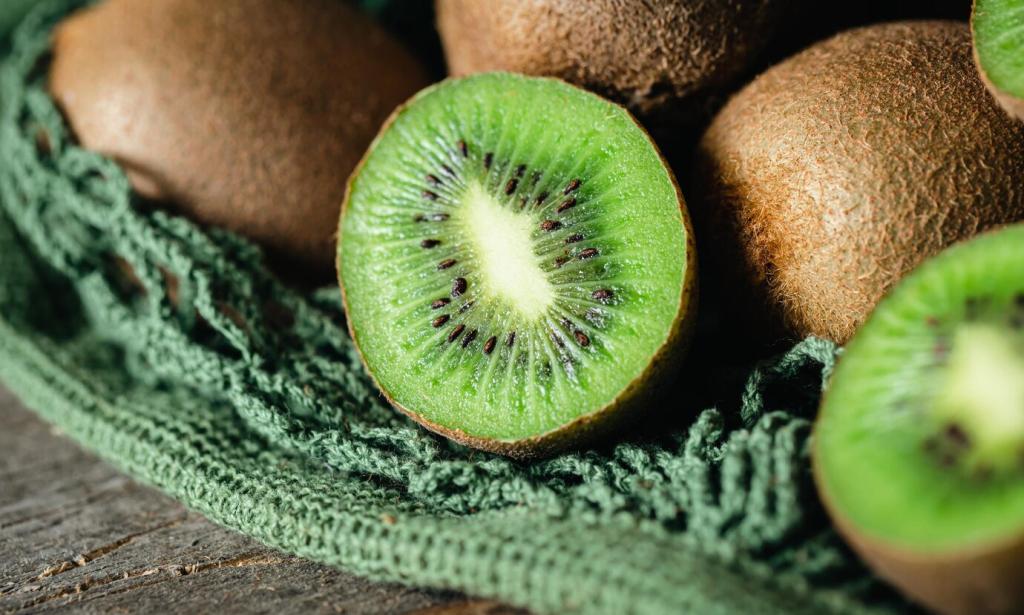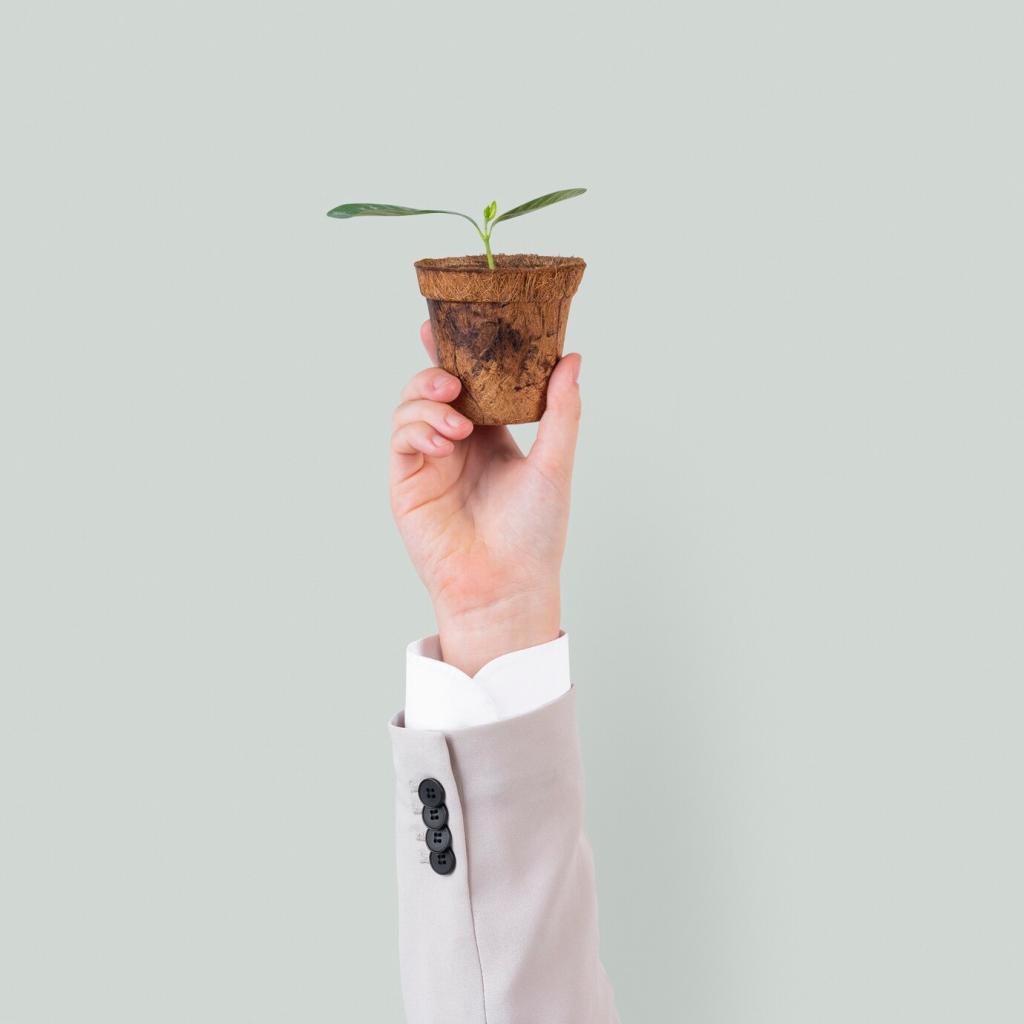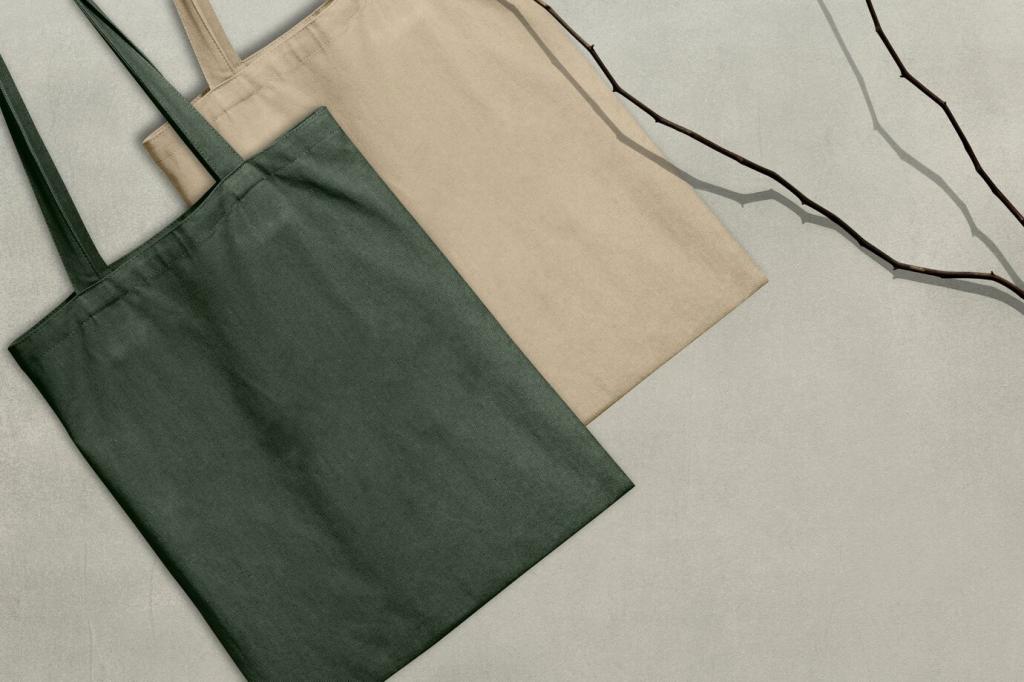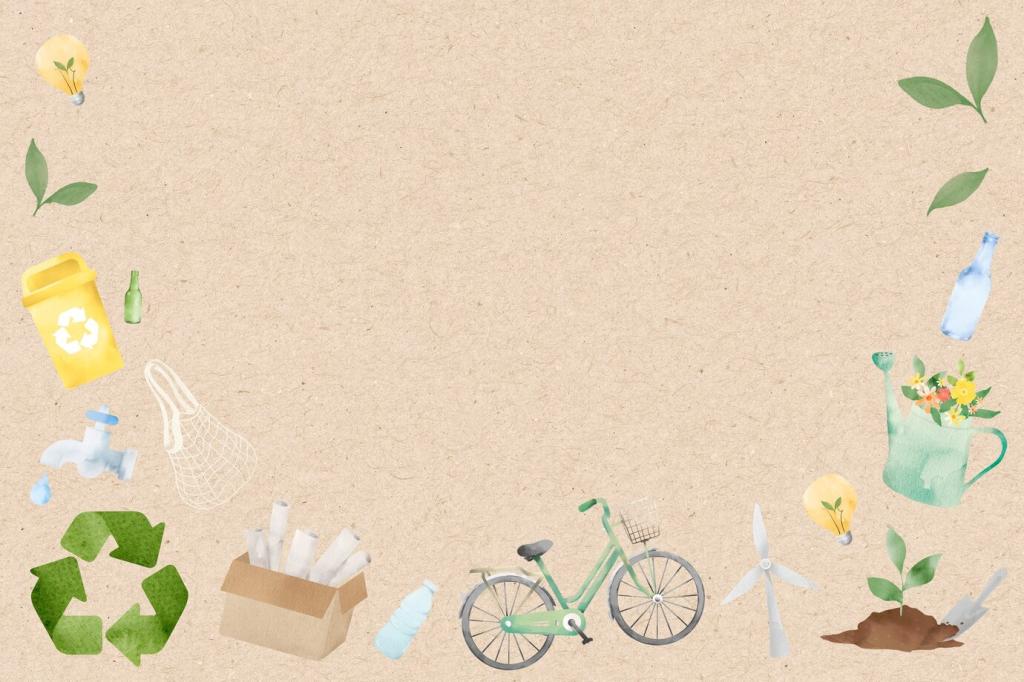The world of interior design is undergoing a sustainable transformation, with eco-friendly materials taking center stage in contemporary projects. With greater global awareness of environmental challenges, both designers and homeowners are aspiring to create beautiful spaces that tread lightly on the planet. Eco-friendly interior design not only prioritizes aesthetics and comfort but also seeks to minimize carbon footprints through mindful selection of materials. This comprehensive guide explores the role, benefits, and exciting options for sustainable materials in modern interiors, empowering you to make greener choices for your home or workspace.
The Importance of Sustainable Choices
Opting for materials that are renewable, recycled, or low-impact is a crucial step toward reducing the environmental footprint of interior spaces. Every material has an associated energy cost, from extraction to manufacturing and eventual disposal. Eco-friendly materials are often produced with energy-efficient methods and minimal chemical treatments, leading to lower emissions and resource consumption. By making informed choices, designers contribute to the health of our planet and foster a market for responsible manufacturing.


Bamboo: Versatile and Fast-Growing
Bamboo has earned its reputation as a superstar among renewable resources, thanks to its rapid growth and resilience. Unlike hardwood trees that nurture for decades before harvesting, bamboo matures within three to five years, making it an exceptionally renewable option. As an interior material, bamboo is available as flooring, wall panels, cabinetry, and decorative accents. Not only is it strong and flexible, but it also brings a warm, contemporary appeal to any space. Certified sustainable bamboo harvesting and low-VOC finishes further elevate its green credentials, making it a staple for eco-conscious designs.

Cork: Naturally Sustainable Comfort
Harvested from the bark of cork oak trees without harming the plant itself, cork has long been valued as a sustainable material. The unique cellular structure of cork provides natural insulation for sound and temperature, making it an excellent choice for flooring, wall coverings, and furniture in busy living or working environments. Its softness underfoot and natural resistance to pests and mold enhance both comfort and longevity. The renewable harvesting process, along with cork’s ability to sequester carbon during its growth, makes it one of the most eco-friendly choices available for interiors.

Previous slide
Next slide
Previous slide
Next slide
Organic cotton and linen are cultivated without the use of synthetic pesticides, herbicides, or fertilizers, reducing harm to ecosystems and farmers. Their inherent breathability, moisture management, and softness make them ideal for a variety of interior applications, from upholstery to window treatments. Because these fabrics are free from toxic residues, they provide a safer choice for allergy sufferers or sensitive individuals. Certification schemes such as GOTS ensure that organic textiles meet strict environmental and social criteria, supporting conscious consumerism in interior design.
Textiles and Fabrics with a Conscience

Cork Flooring: Comfort and Insulation
Cork flooring is prized for its resilient, yielding surface which makes it extremely comfortable to walk on, even barefoot. Naturally antimicrobial and hypoallergenic, cork is well-suited to bedrooms and living spaces, supporting a healthy indoor environment. Its excellent acoustic and thermal insulation properties can help reduce noise and maintain indoor temperatures, translating to greater energy efficiency. Sustainable harvesting ensures repeated cork extraction without damaging the tree, confirming its place as a top green flooring contender for both residential and commercial projects.

Natural Linoleum: Classic and Biodegradable
Not to be confused with synthetic vinyl, natural linoleum is produced from renewable ingredients such as linseed oil, wood flour, and jute backing. Its traditional appeal is complemented by a multitude of modern hues and patterns, making it suitable for everything from kitchens to healthcare settings. Linoleum’s antistatic, biodegradable, and naturally antibacterial properties enhance hygiene and comfort. The manufacturing process of natural linoleum uses minimal energy, and the flooring itself is compostable at end of life, supporting sustainable disposal.

Recycled Timber or Reclaimed Hardwood
Using reclaimed hardwood planks or recycled timber salvages valuable materials from demolition or manufacturing scrap that would otherwise become waste. These floors tell a story through time-worn grains and imperfections, creating visual depth and authenticity beneath your feet. Recycled wood flooring minimizes the demand for newly logged timber, helping conserve forests and wildlife habitats. The durability and ease of refinishing ensure longevity, making it not just a sustainable but also a cost-effective flooring choice in the long run.
Innovative Materials and Technologies
Bioplastics and Plant-Based Composites
Derived from renewable plant sources such as corn starch, sugarcane, or seaweed, bioplastics present an exciting alternative to traditional petroleum-based plastics. Used for furniture, wall panels, and decorative features, these composites are increasingly durable, versatile, and stylish, with many options designed to be fully biodegradable. Their production often involves fewer greenhouse gas emissions and toxic byproducts, reducing their impact on both indoor environments and the planet. As research continues, plant-based composites will play an ever-greater role in shaping the future of sustainable interiors.
Mycelium and Fungal Materials
Harnessing the root-like structures of mushrooms, mycelium-based materials are taking eco-design to new heights. These lightweight, durable, and naturally fire-resistant substances can be grown into a variety of shapes for everything from acoustic panels to lamp shades and even structural blocks. Their cultivation requires minimal energy and input, with full compostability at the end of their usable life. The unique textures and earthy aesthetics of mycelium products are capturing the imaginations of forward-thinking designers while exemplifying the potential of biofabrication.
Smart Materials for Energy Efficiency
Energy-efficient materials such as thermally adaptive tiles, phase-change insulation, and light-redirecting surfaces harness advanced technology to reduce a building’s energy needs. Many of these “smart” innovations are designed using eco-friendly or recycled components, furthering their sustainable profile. By actively responding to light, temperature, or moisture, these materials help maintain comfort while lowering consumption of heating, cooling, and artificial lighting. Their integration into interiors supports high-performance environments that meet the demands of the 21st century.
Certifications and Responsible Sourcing
The Forest Stewardship Council (FSC) certification is globally recognized for verifying that timber and wood products originate from responsibly managed forests. FSC-certified wood demonstrates that harvesters protect ecosystems, respect local communities, and ensure the forest’s long-term health. For flooring, furniture, and paneling, this certification is a trusted marker of sustainability. By supporting FSC products, designers and clients contribute to forest conservation and help drive demand for ethical forestry.

Join our mailing list
